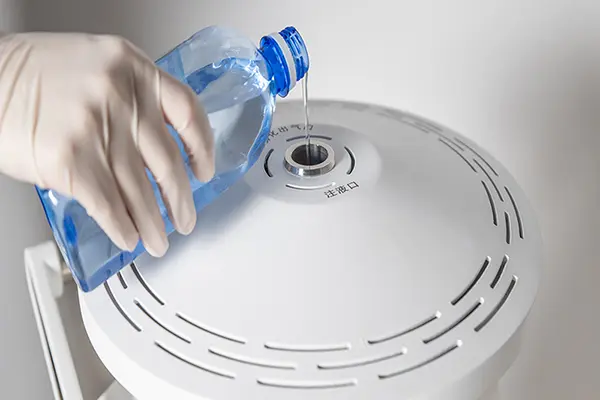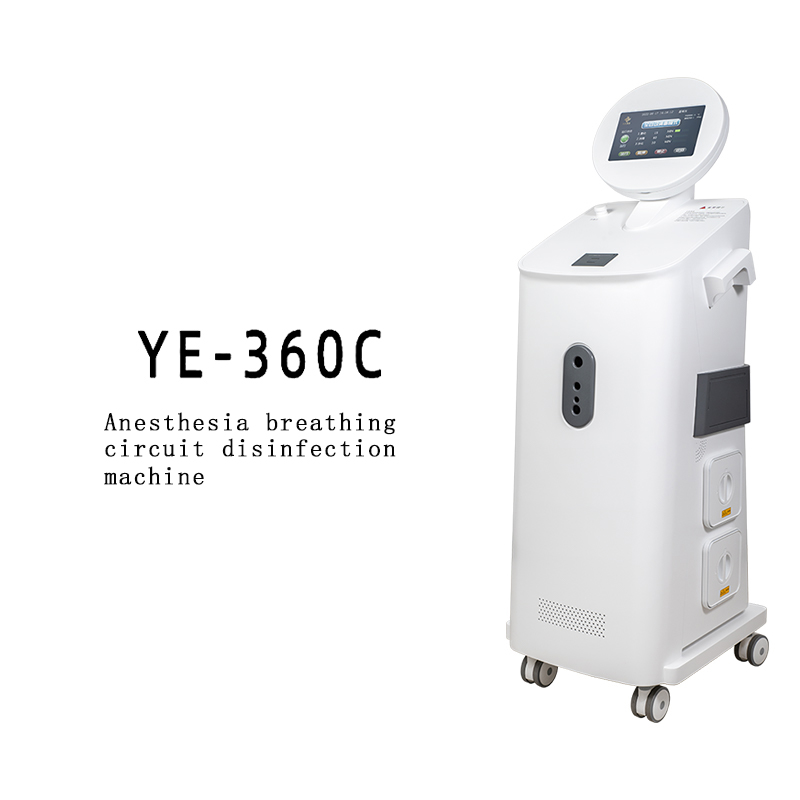Disadvantages and solutions of traditional disinfection methods
The ventilator is a reusable medical device that must be sterilized to ensure the safety and health of the patient. The ventilator needs to be terminally disinfected, that is, the disinfection treatment after the patient stops using the ventilator. At this time, all the piping systems of the ventilator need to be removed one by one, and after thorough disinfection, reinstall and debug according to the original structure.
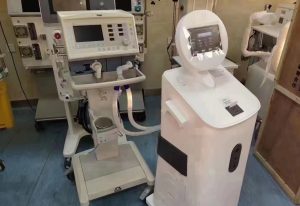
After testing, medical devices with internal ventilation structures such as ventilators and anesthesia machines are often contaminated by microorganisms after use, and there are a large number of pathogenic bacteria and pathogenic
microorganisms in the internal structure. The nosocomial infection caused by this microbial contamination has long attracted the attention of the medical profession. Components of the ventilator: masks, bacterial filters, threaded pipes, water storage cups, exhalation valve ends, and suction ends are the most seriously polluted parts. Therefore, terminal disinfection is essential.
And the role of these important components is also obvious;
1. The mask is the part that connects the ventilator to the patient's mouth and nose. The mask is in direct contact with the patient's mouth and nose. Therefore, the mask is one of the most easily contaminated parts of the ventilator.
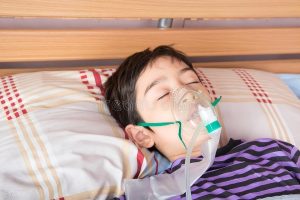
2. The bacterial filter is an important part of the ventilator, which is mainly used to filter the microorganisms in the air and prevent the microorganisms from being inhaled by the patient through the ventilator. However, due to the high number of bacteria in the filter, the filter itself is also easily contaminated, so it also needs to be disinfected.
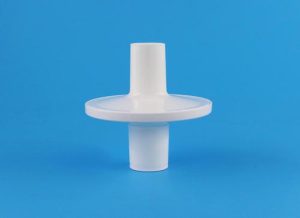
3. The threaded tube is the pipeline that connects the mask to the ventilator, and is one of the core components of the ventilator. The patient's secretions or respiratory secretions may remain in the threaded tube. There may be a large number of pathogenic bacteria in these secretions, and it is easy to cause contamination of the ventilator.
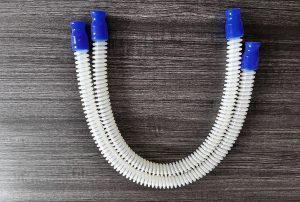
4. The water storage cup is a part of ventilator drainage, which is usually located at the bottom of the ventilator. The patient's secretions or respiratory secretions may also remain in the water storage cup, which is also easy to be polluted.
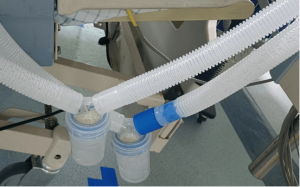
5. The exhalation valve end and the inhalation end are the air outlet and air inlet of the ventilator, and are also easily polluted. When the patient breathes, the air at the exhaled valve end may contain pathogenic bacteria, which will easily contaminate other parts inside the ventilator after entering the ventilator. The inhalation end is also susceptible to contamination because the inhalation end is directly connected to the patient's airway and may be contaminated by the patient's secretions or respiratory secretions.
The traditional disinfection method is to use disposable consumables and replace external pipelines and related components. However, this method will not only increase the cost, but also cannot completely avoid the possibility of bacterial transmission. After each accessory is used, there will be signs of bacterial dissemination to varying degrees. At the same time, the disadvantages of traditional disinfection methods are also obvious: professional disassembly is required, some parts cannot be disassembled, and some disassembled parts cannot be sterilized by high temperature and high pressure. Finally, it takes 7 days for analysis, which affects the normal clinical use. At the same time, repeated disassembly and high temperature and high pressure disinfection will shorten the service life of the equipment.
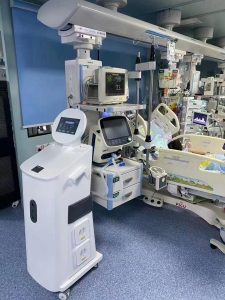
In order to solve these problems, there is now an anesthesia breathing circuit disinfection machine. The advantages of this kind of disinfection machine are efficient disinfection, safety, stability, convenience, labor saving, and compliance with national standards (high-level disinfection). It uses chemical disinfection technology to sterilize the inside of the ventilator through loop disinfection. It does not need to disassemble the ventilator, does not require high temperature and high pressure disinfection, and the disinfection cycle is short, and it only takes 35 minutes to complete the disinfection. Therefore, the anesthesia breathing circuit disinfection machine is an efficient, safe and reliable way to disinfect the ventilator. Only by taking appropriate disinfection measures can the safety and health of patients be guaranteed.

